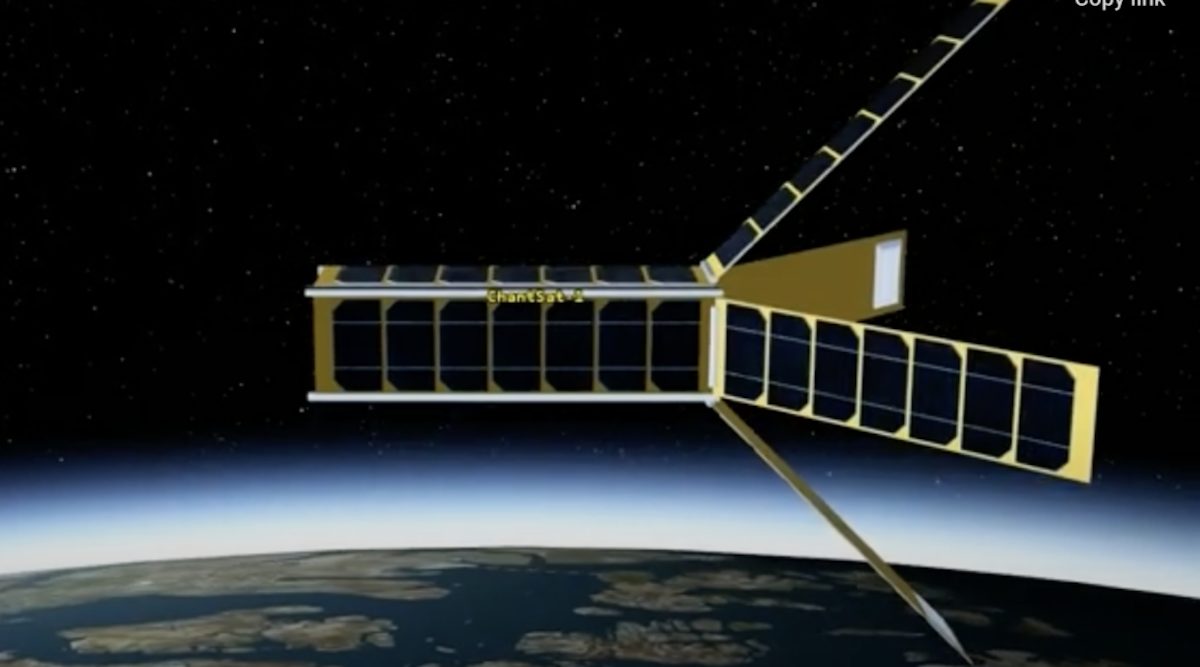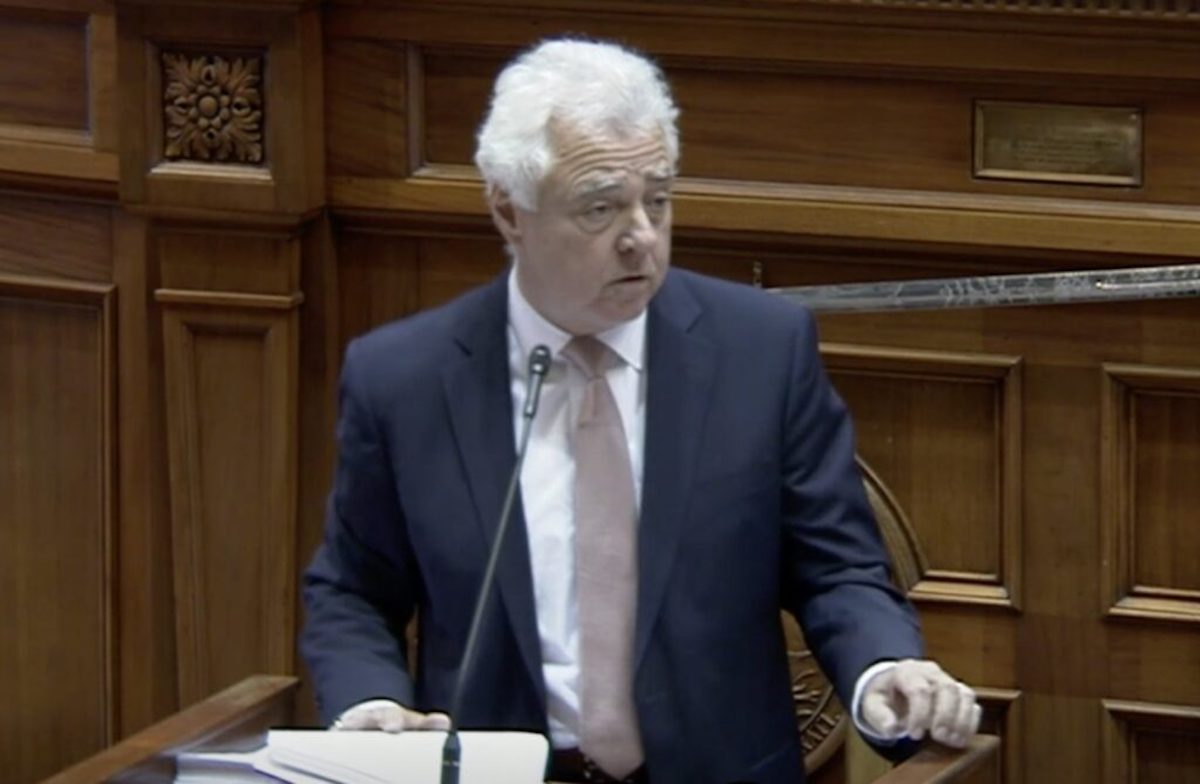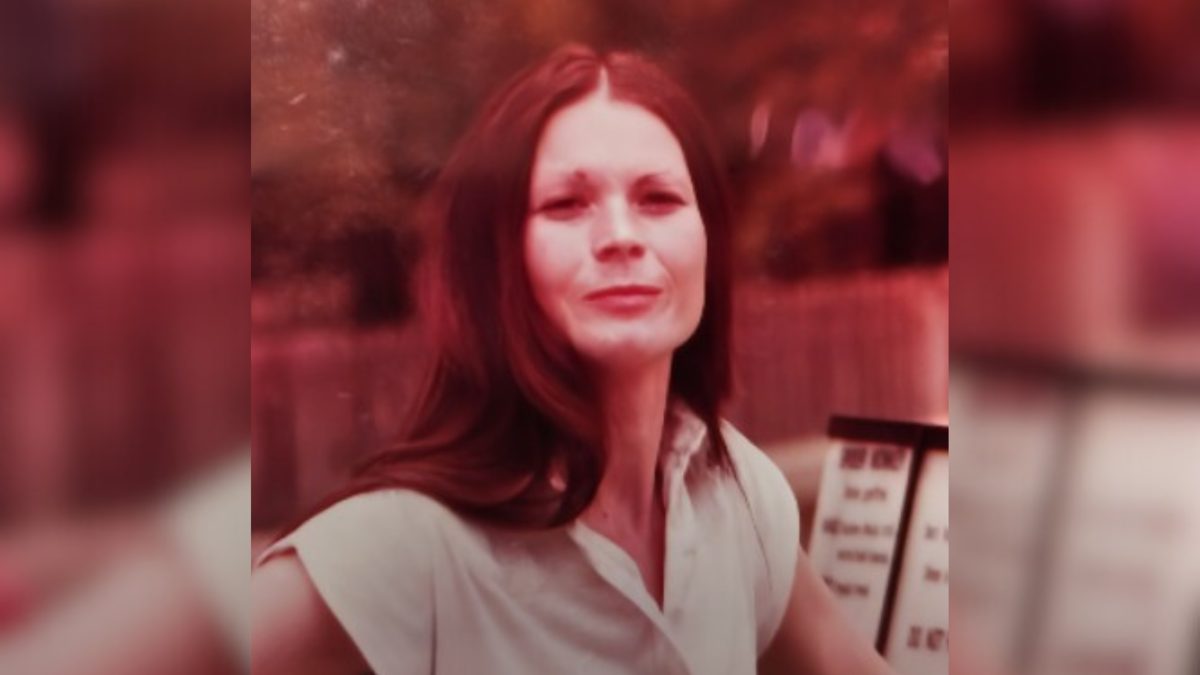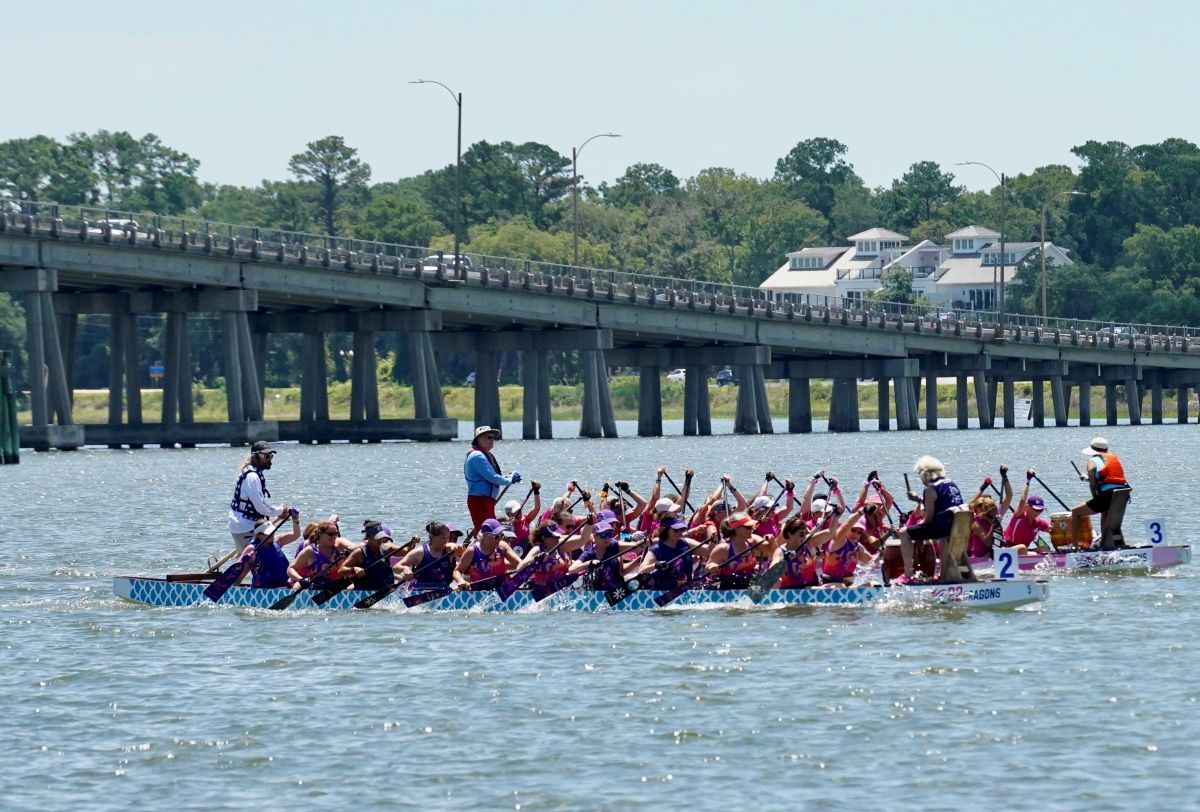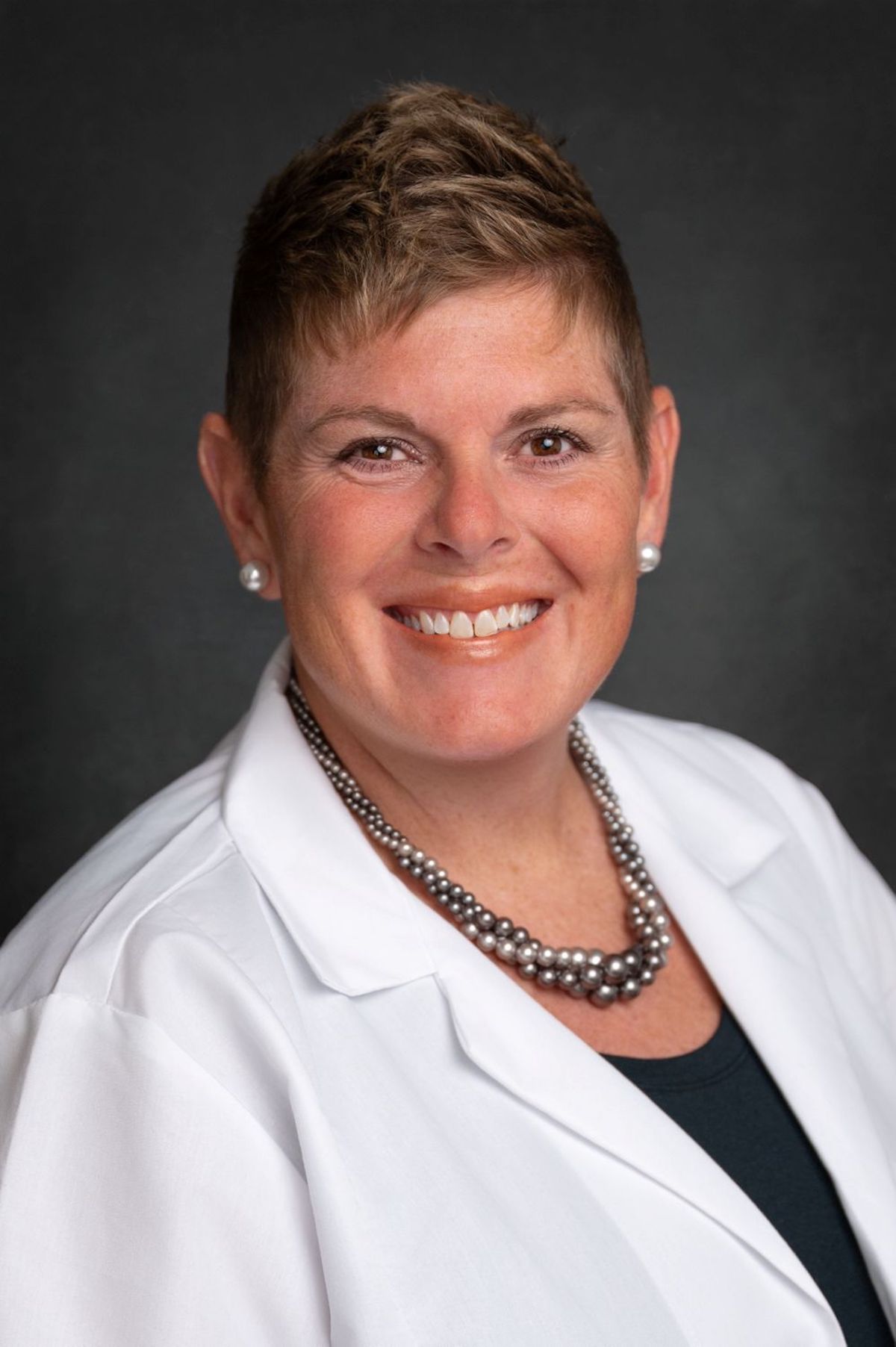Beyond academic opportunities, satellite will offer a new, cosmic way for students to snap a selfie
By Skylar Laird
SCDailyGazette.com
CONWAY — Coastal Carolina students are working to send a satellite into space as part of South Carolina’s first university-run space program.
Around 80 science and engineering students are involved in the planning stages for a satellite expected to cost $1.5 million to build and launch. The faculty members leading the effort since last March are hoping to send the shoebox-sized satellite into space by 2027.
The satellite, which will circle the planet 15 times a day from roughly 1,200 miles up, will offer hands-on learning opportunities across a variety of academic programs.
For example, cameras on the satellite will be able to detect changes in sea levels, flooding from hurricanes and erosion along coastlines. Students and researchers can use that data to find solutions to climate problems and natural disasters, said Wes Hitt, head of the university’s physics and engineering science department, who’s leading the effort.
Other students can get involved in promoting the program, developing a website or finding donors, Hitt said.
Plus, the satellite should offer students a new, extraterrestrial way to take a selfie.
People will be able to submit photos and text to be displayed on the side of the satellite, which will feature a “selfie stick” to snap a picture of their image — with the satellite and outer space as the background — to send back down to Earth.
Exactly how that would work is yet to be decided. There may be a cost to the cosmic selfies, which could be a fundraiser to support the program, Hitt said.
“It’s going to function almost like a billboard in space,” he told the S.C. Daily Gazette.
These types of small satellites, called CubeSats, are often used for educational programs because they are relatively cheap and quick to build, according to NASA. The CubeSat the university plans to launch, called ChantSat-1, is 10-by-10-by-30 centimeters.
Faculty mentors will head groups of students each working on a different aspect of the satellite. Groups will write flight software, create heating and cooling systems, and find ways to communicate with the satellite once it’s in orbit, Hitt said.
“Working on Coastal’s small satellite design has been an engaging and eye-opening experience,” Charis Williams, a junior engineering major, said in a release from the university. “It’s a whole world that I never knew existed, but it’s both amazing and scary to work on a project that goes far beyond a purely conceptual dream.”
Research uses
Once in orbit, the satellite will use cameras to see changes in drinking water that are difficult to detect from the ground. Near-infrared cameras able to see colors beyond the spectrum visible to humans will make it easier to tell how much sediment is in drinking water supplies or whether algae is blooming in a nearby river.
“That’s going to allow end-users to have that data to monitor the health and the quality of some of the Grand Strand and South Carolina’s most valuable water resources,” Hitt said.
Students studying marine science and oceanography will be able to monitor coastal erosion and sea-level rise, Hitt said.
And intelligence and security students can use the images to practice geospatial intelligence, which is a method of analyzing photographs and data from a specific location, said Bob Vipperman, chair of the university’s board overseeing its intelligence department.
“The project is going to be a place where students from diverse backgrounds and with very varied skill sets are going to learn to communicate with each other, learn to collaborate effectively with each other and solve those tough, complex problems that come with trying to get into space,” Hitt said.
The next step will be finding enough donors to fund the program, whether through grants, companies or individual supporters, Vipperman said.
The program has enough money to get started but not the full amount necessary, Vipperman said, declining to be specific.
He did say it could take $750,000 to launch the satellite into space.
CubeSats typically hitch a ride on a rocket already going into space for one reason or another, a bit like a ride share, he said.
Most often, the tiny satellites join SpaceX rockets carrying other cargo or people, but other services are designed just to launch the CubeSats. As the launch date grows closer, the teams will have to decide which rocket will carry their satellite.
In the meantime, Vipperman and Hitt said they’re hoping the program will act as a boon for the 10,000-student university.
Having the only space program in the state could help boost its image for science and technology degrees, Hitt said.
Plus, the selfie stick and social media campaigns can educate people beyond the university’s campus, he added.
“We see this project as making space and space technology and interaction with space technology more broadly accessible,” Hitt said.
Skylar Laird covers the South Carolina Legislature and criminal justice issues. Originally from Missouri, she previously worked for The Post and Courier’s Columbia bureau.


